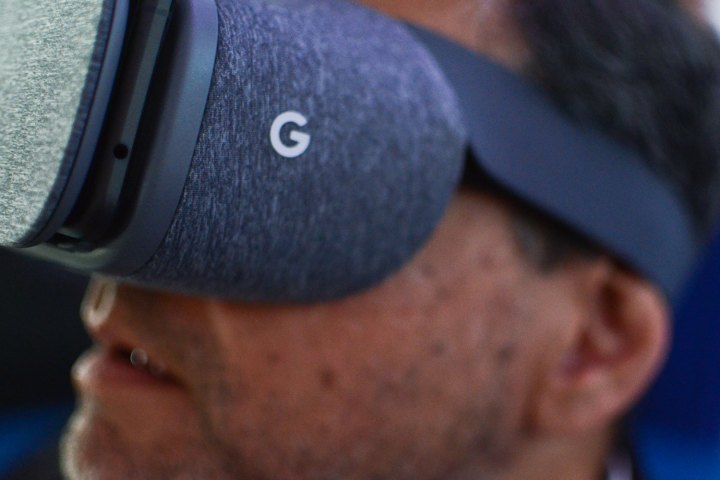
Speaking on an Alphabet earnings call yesterday, Google CEO Sundar Pichai revealed plans to make Daydream functionality available on a wider range of handsets, according to a report from The Verge. By the end of this year, a total of 11 Android handsets that support the technology will be available to consumers.
Currently, only the following phones are compatible with Daydream; Google’s Pixel line, the Motorola Moto Z, the Huawei Mate 9 Pro, the Porsche Design Mate 9, the ZTE Axon 7, and the Asus Zenfone AR. The Samsung Galaxy S8 and S8 Plus are also in the process of receiving support via software updates.
Daydream has received plenty of praise for its capacity to produce high quality VR experiences using smartphone hardware. It’s not quite on the level of a dedicated headset, but it’s comfortable and it’s immersive, and also rather convenient.
To experience VR content, users simply need to insert their smartphone into the Daydream View, an accessory that costs $80. It’s a similar idea to Samsung Gear VR, but Daydream may have an edge over the competition due to the fact that it’s compatible with a range of devices.
Google clearly has some major ambitions for VR, as its plans to expand the ranges of devices that support Daydream isn’t the only method of broadening the project that is in the works. At this year’s Google I/O keynote, the company revealed an early prototype of a standalone VR headset.
Pichai fell short of mentioning any specific models of smartphone, or even which manufacturers would be adding to the pool of Daydream-compatible devices before the end of 2017. However, as companies begin to refresh their flagship devices as the year comes to a close, we’ll see who’s jumping on board with Google’s ongoing VR interests.
